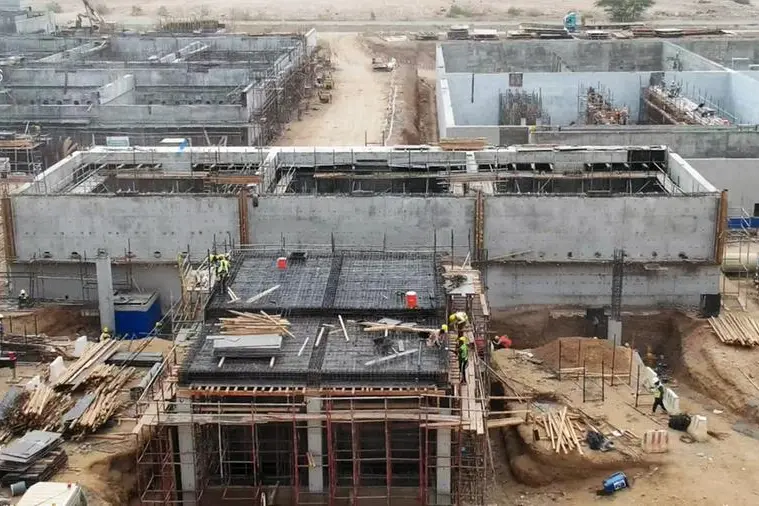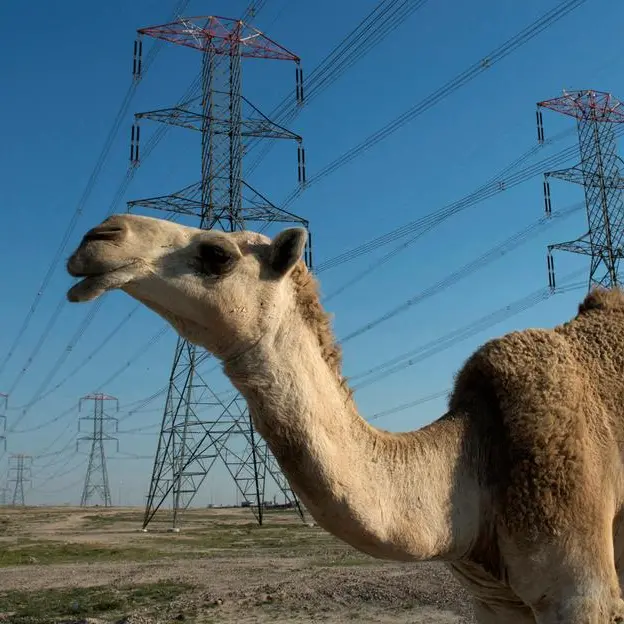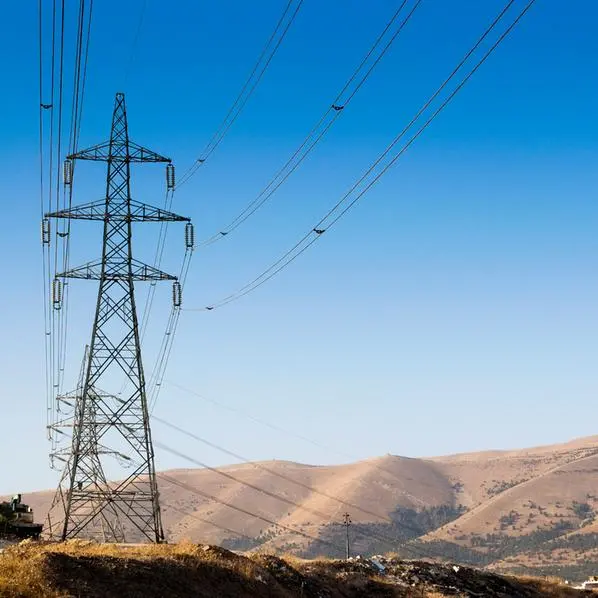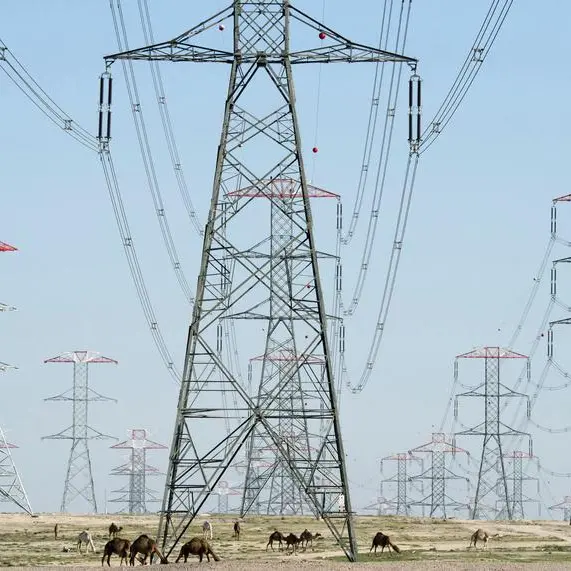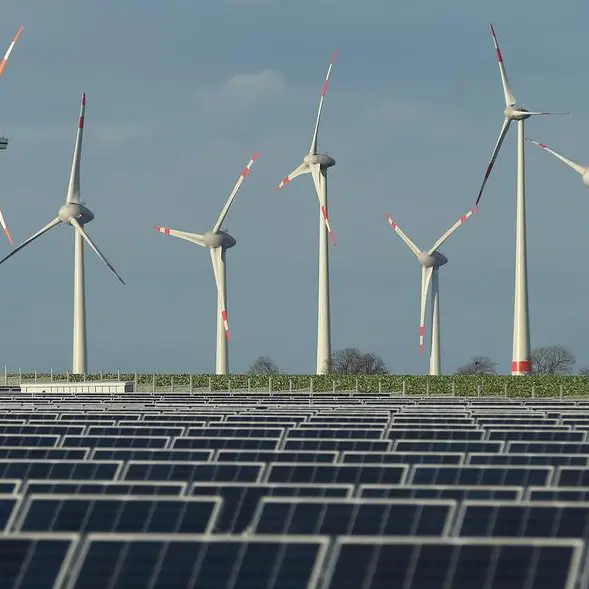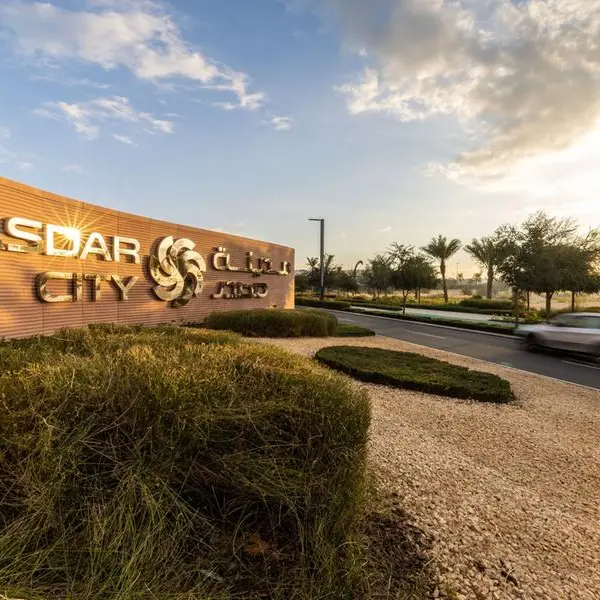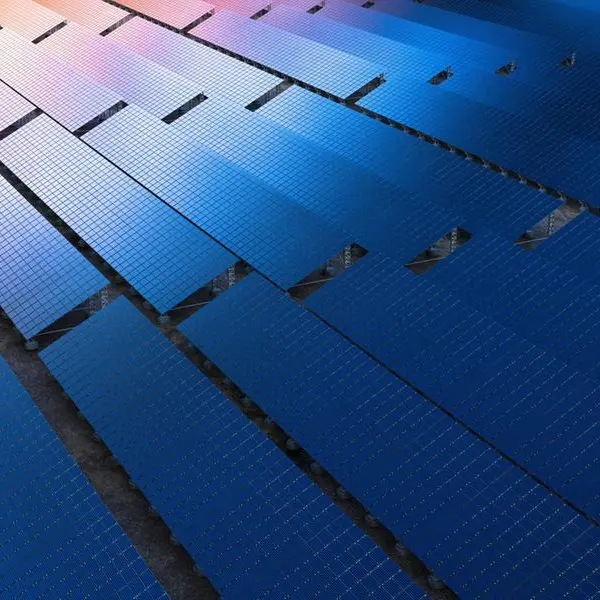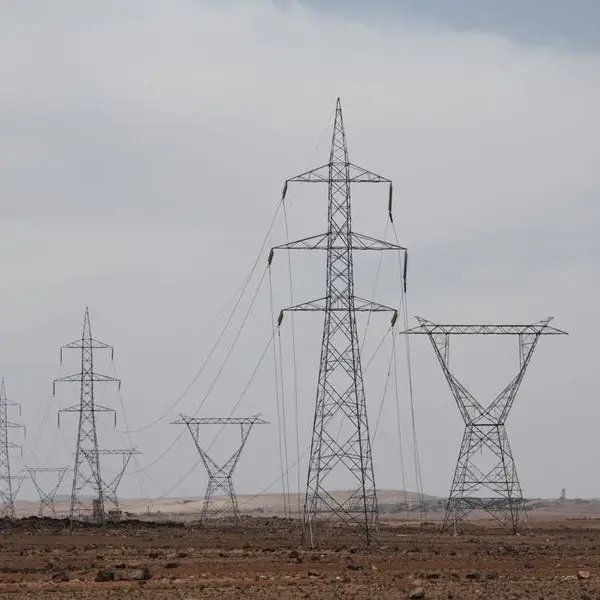PHOTO
Saudi Water Partnerships Company (SWPC), the main off-taker for independent water and water projects in Saudi Arabia, announced on Thursday the financial close of Madinah-3, Buraydah-2, and Tabuk-2 Independent Sewage Treatment Plant (ISTP) projects.
In September 2021, the Spanish-Saudi consortium of Acciona Agua, Tawzea, and Tamasuk was awarded the three ISTPs on Build, Own, Operate, and Transfer (BOOT) basis for a 25-year period.
The consortium had submitted levelised cost tariff of 1.2157 riyal/m3 for Madinah-3, and 1.4395 riyal/m3 for Buraydah-2 and Tabuk-2 ISTPs, according to a August 2021 report by Zawya Projects.
SWPC said in separate press statements that for the 90,000 cubic metres per day (m3/day) Tabuk-2, the total cost is 550 million Saudi riyals ($147 million); for the 200,000 m3/day (expandable to 375,000 m3/day) Madinah-3 ISTP, the total cost is 900 million riyals ($240 million), and for Buraydah-2, with a capacity of 150,000 m3 per day, the cost is 845 million riyals ($225 million),
In September 2021, consortium member Acciona had said that the contracts were worth a combined $1 billion (€855 million).
Acciona said the consortium would also build 23 kilometres of recycled water collectors for irrigation, three storage tanks, and pumping stations for Madinah-3 ISTP; 34 kilometres of recycled water collectors for Buraydah-2 and another 28 kilometres of collectors for Tabuk-2.
Four consortiums had submitted bids for Madinah-3 ISTP, while three bid for Buraidah-2 and Tabuk-2 ISTPs, according to a Zawya Projects report in April 2021.
SWPC's CEO Khalid AlQureshi noted that despite the fluctuations, liquidity crises, and changing global market conditions, SWPC and the consortium succeeded in completing the financial closure procedures in close cooperation with the group of lenders.
The Madinah-3 ISTP would be located in Madinah, the fourth most populated city in Saudi Arabia with more than 1.1 million inhabitants. The Buraydah-2 and Tabuk-2 plants would be located in rural areas in the central and northern regions of the country, respectively, and will serve one million inhabitants.
(Writing by SA Kader; Editing by Anoop Menon)
(anoop.menon@lseg.com)
